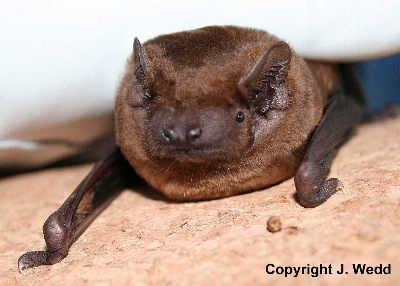How can you help bats in Hertfordshire & Middlesex?
Noctule bats primarily live in woodlands and require open countryside to thrive
1. Join us and volunteer
We are a small voluntary organisation and welcome new members.
There are plenty of rewarding activities to get involved with.
For example:
– We need volunteer drivers to collect sick and injured bats. We provide training and we can cover travelling expenses.
– We also need bat carers. This can vary from looking after permanent captive bats for short periods whilst their regular carers are away to taking on the more challenging aspects of bat care such as tending to orphaned babies. Again training and equipment is provided.
– We regularly hold guided bat walks, usually in spring and late summer and we also attend shows and events throughout the summer. This is an opportunity to share your interest in bats and promote the conservation work of the group. Enthusiasm is often more important than detailed knowledge, but if you are interested you can learn the essentials of bat identification and detection by joining us.
– Join us at our monthly social events – these usually feature a talk or practical bat related activity, an opportunity for us all to learn more about bats and their conservation and to enjoy plenty of tea, cake and biscuits!
-We also welcome records of bats from anyone with sufficient experience to identify to species level. These records will be used to inform planning applications, improve our understanding of bat distribution across the county and guide future conservation and survey effort. If you have recorded bats in Herts or Middlesex, please use our online form (Herts and Middlesex bat record online submission form) to submit your record. Once submitted, these records will be verified and then added to our database and subsequently shared with the Hertfordshire Environmental Records Centre (HERC).
We also run a bat detector loan scheme where you can borrow a bat pack which will allow you to record the bats in your patch and at the same time produce valuable records. If you would like to loan a bat pack, please express your interest by completing this form.
2. Make your garden wildlife friendly
Bats (along with hedgehogs and many familiar birds) feed on insects. A garden stocked with a wide range of flowering plants will attract night-flying insects and in turn these will attract bats. By creating a garden attractive to insects you benefit the insects themselves plus a host of other wildlife that depend on them for food. Gardens provide an increasingly important opportunity to provide species diversity that’s greatly diminished in the wider countryside. As a result gardens can make a significant, if not essential, contribution to supporting local biodiversity.
A pond is amongst the most important habitats for insects and even a small pond will greatly increase your chances of seeing bats. Larger ponds will also attract bats to drink.
For further information: http://www.bats.org.uk/pages/encouraging_bats.html
3. Support conservation action in the wider countryside
Gardens are great, but many bats need larger tracts of land such as farmland and parkland to flourish. It’s a precious resource that’s constantly changing to meet the demands of our growing population. Whilst we as a society may well have largely catered for our own needs, the same can’t always be said of the needs of wildlife. It doesn’t have to be this way and there are many examples of land owners and land managers working sympathetically with a natural heritage. By informing yourself and making wildlife friendly choices in your shopping, recreation and patronage you can do a great deal to influence producers, retailers and decision makers and in doing so help to ensure that our environment remains a viable home for bats and other wildlife.
4. Planning any building or maintenance work?
If you are planning work around your home that may impact bats please seek specialist advice. Bats and their roosts are protected by law, but with a little thought and planning it can possible for you to undertake the works required without harming the bats or committing an offence. We have a number of volunteer roost visitors that act on behalf of Natural England and will visit your property to assess the situation. These visits are usually free, but in some circumstances you may require follow-up work by a specialist consultant.
Further information: http://www.bats.org.uk/pages/building_remedial_work.html
Contact the HMBG bat helpline for further assistance and to arrange visits: 07517 123 200
5. Cat owners please be bat aware!
Unfortunately pet cats account for a large proportion of bat rescues and many bat deaths. Cats can hear most bats calls and where accessible may sit on a wall or roof beneath a roost and catch bats as they emerge. They are also capable of catching bats as they fly low over grassland hunting for insects. If your cat catches bats then the kindest thing you can do is to keep your cat indoors over-night in the summer or at least for an hour either side of dusk and, if practical, dawn. This is especially important from early June through to the end of August when mother bats are suckling young and when the inexperienced young are flying for the first time. Any bat suspected of being the victim of a cat attack will require urgent attention as cat saliva is likely to cause infection and death without treatment. If your cat is regularly catching bats please let us know and we’ll do our best to assist.
Further resources: http://www.bats.org.uk/pages/cat_attacks_on_bats_and_other_predators.html

